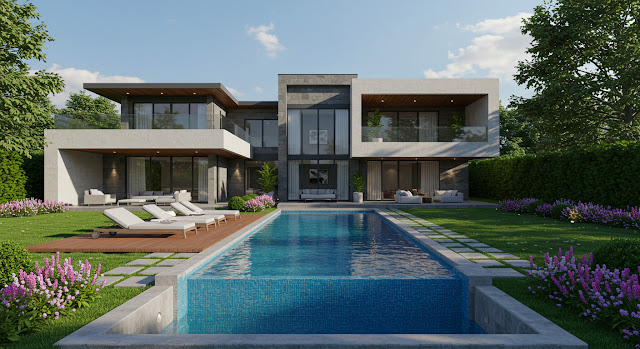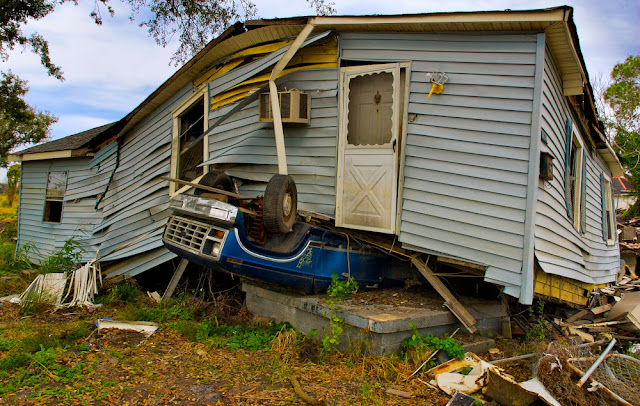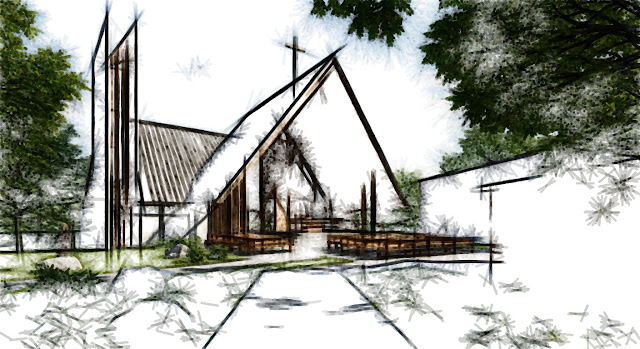Why Do Rich People Love Ugly Modernist Boxes?
Walk through any ultra-wealthy neighborhood—from Beverly Hills to the Hamptons, from Dubai to Silicon Valley—and you’ll likely find a common architectural theme: massive, boxy, glass-and-concrete mansions with flat roofs, harsh lines, and little ornamentation. To some, these structures scream wealth and modernity. To others, they look like soulless cubes devoid of charm, warmth, or beauty.
So why do the rich—people with access to infinite resources, top designers, and historical estates—so often choose to live in what critics jokingly call ugly modernist boxes?
Let’s dig into the aesthetics, psychology, economics, and status symbolism that make modernist minimalism a billionaire favorite.
1. Minimalism = Money
Minimalism is expensive. Those sleek concrete walls, enormous glass panes, flush cabinetry, and seamless finishes are extremely costly to produce and even harder to execute well.
Rich people aren’t buying less. They’re paying more for less visible complexity. A seemingly “empty” room may hide intricate climate systems, acoustic paneling, or lighting control embedded in walls. Clean lines and perfect symmetry require top-tier materials and millimeter-perfect construction.
So while minimalism looks austere, it’s actually a flex—a subtle way to say, “I can afford to make simplicity look this good.”
2. Aesthetics of Power and Control
The modernist box is about control—of space, light, materials, and even nature. These homes are often stark against the organic shapes of the natural world, standing in contrast to trees, hills, and traditional architecture.
This domination over environment appeals to a particular kind of power psychology. In a way, it's architectural alpha behavior: the building doesn’t bend to the world—the world bends around it.
For some wealthy individuals, especially those in tech and finance, this aesthetic mirrors their worldview: clean, rational, efficient, optimized.
3. The Cult of Modernism and “Taste Capital”
Architectural modernism was born from revolutionary ideals: to strip away class pretensions and return to functionality, light, and openness. Ironically, these same ideals have now been co-opted by the elite.
Owning a stark, glass-heavy villa designed by a famous architect signals sophisticated, highbrow taste. It says: I know who Le Corbusier, Tadao Ando, and Zaha Hadid are—and I can afford their spiritual successors.
Just like art collectors often chase difficult or abstract works to prove their taste, the ultra-wealthy use modernist architecture as a kind of status currency. It’s not about comfort. It’s about cultural capital.
4. Open Plans for Open Wallets
Modernist architecture loves open floor plans, and so do rich people. Big open spaces feel luxurious—they suggest that you don’t need to divide your home for practical reasons. You're not worried about heating costs, noise, or maximizing utility.
Also, massive sliding glass doors and 20-foot ceilings photograph beautifully on Instagram and in architecture magazines. Visibility equals value in the age of social media—and modernist boxes are made to be flaunted.
5. The Fear of Ornamentation
Rich people don’t want to look too rich. In the age of rising inequality, old-school opulence (think gold columns or Versailles-style molding) can feel gauche or politically tone-deaf.
The modernist box offers a way to live in excess without looking like you’re trying too hard. It's the architectural equivalent of normcore fashion: expensive, but intentionally understated.
It says, “I’m rich—but I’m tasteful. I’m above needing chandeliers.”
6. Customization & Privacy
Despite their stark exterior, many modernist homes are blank canvases inside. Wealthy owners often fill them with expensive contemporary art, high-tech home automation, or custom furniture.
Their opaque facades also offer privacy. A solid modernist exterior hides interior opulence from prying eyes—especially important for celebrities and public figures.
7. Trend Cycles and Copycat Design
Let’s be honest: rich people copy other rich people. Developers and architects pitch these designs because they know what sells. Every $20 million “box” that hits Architectural Digest spawns imitators across Malibu, Miami, and Montauk.
It becomes a cycle: modernist design is associated with wealth, so people who want to be seen as wealthy choose that look—whether they like it or not.
But Are They Actually Ugly?
“Ugly” is subjective. To some, modernist boxes are sterile, cold, and disconnected from human warmth or history. To others, they’re bold, visionary, and elegant in their simplicity.
What's undeniable is that they represent a philosophy—a particular way of relating to the world. Whether it’s form-follows-function minimalism or raw capitalist flexing in concrete form, the modernist box isn’t going anywhere.
Final Thought: The Price of Simplicity
There’s a strange paradox at work: as wealth increases, the desire for ornament decreases—until, eventually, all that’s left is the shape of money itself. A box. A shadow. A glass wall overlooking infinity.
Maybe the richest people don’t actually love modernist boxes. Maybe they just need them—to prove something, to hide something, or to live in something that feels as abstract and limitless as the lives they lead.





_1.jpg)
_2.jpg)
_1.jpg)
_2.jpg)
_1.jpg)
_2.jpg)
_1.jpg)
_1.jpg)
_2.jpg)
_1.jpg)
_2.jpg)
_1.jpg)
_2.jpg)




























_1.jpg)
_2.jpg)
_1.jpg)
_2.jpg)
_1.jpg)
_2.jpg)
_1.jpg)
_1.jpg)
_2.jpg)
_1.jpg)
_2.jpg)
















